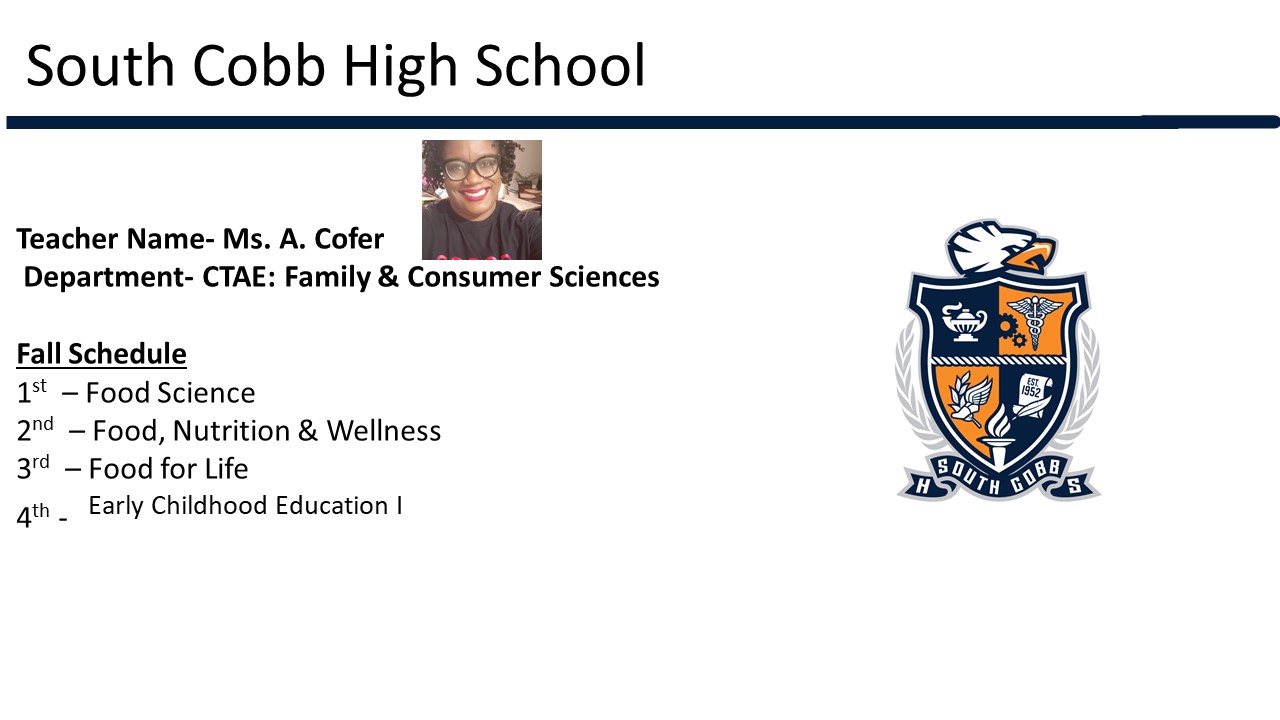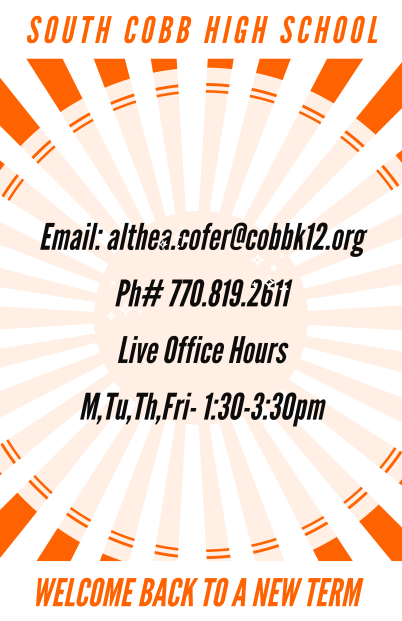ESSENTIAL QUESTION: How does the feeding method of the newborn infant affect the mother’s health?
Tuesday, October 21, 2014
Standards: HUM-FL-5
Investigate the proper feeding of newborns by analyzing nutritional requirements and potential deficiencies of mother and child during the first weeks after birth.
Opening Warm-up AND/OR Activator (highlight one): : Ask students to write about how they were fed as infants.
If they have siblings/nieces/cousins younger than them, ask if they remember how they were fed.
Ask students if they have ever fed an infant? Open questions for class discussion and encourage students to share their journal entries with class.
Work Session:
1. Students will take open notes pre-natal issues quiz.
2 Whole group will discuss new standard and expectations. Introduce new section p. 266-267.
3 Teacher will show CTAERN ppt. Newborn Nutrition Powerpoint…Whole class will take notes and discuss
4. Discuss the varied methods of feeding infants and the methods advantages and disadvantages for the infant and the mother. Show the Newborn Feeding PowerPoint.
Students will take notes.
5. Feeding an Infant, Activity C, WB. Students will complete statements about feeding schedules for infants. They will also
rank a list of foods in the order they are introduced to an infant’s diet. Finally, students will complete sentences about tips for feeding infants.
Closing/Summarizer: List one new thing you learned about Newborn Feeding.
Daily Homework:
none
•ESSENTIAL QUESTION: Why is it essential to teach a pregnant woman the varied aspects of breastfeeding and/or bottle feeding her infant?
Wednesday, October 22, 2014
Standards: HUM-FL-5
Investigate the proper feeding of newborns by analyzing nutritional requirements and potential deficiencies of mother and child during the first weeks after birth.
Opening Warm-up AND/OR Activator (highlight one): Ask students to write how they plan to feed their infants if they plan to have children in the future. Ask them to write why they have chosen this method of infant feeding.
Work Session
. Administer the Newborn Nutrition Quiz, grade using Newborn Nutrition Quiz Answer Key.
3. Lab Exercise:
•
Set up a display showing the different paraphernalia used to feed infants.
•
Review varied forms of infant feeding paraphernalia and varied forms of infant formula.
•
Show students baby bottles with various shaped nipples and bottle shapes, infant feeding cups(s), breast pump(s), nursing supplementer(s), bag(s) used to hold/store breast milk.
•
Pass around class and discuss how the equipment is designed to meet the infant’s or mother’s needs. Set up varied types of infant formula.
•
Discuss the reason for varied types of infant formula. Allow students to taste the varied kinds of formula.
Students will complete Chapter 11 handout: Breast milk Versus Formula- complete the chart by listing their opinions of the advantages and disadvantages of breast – feeding and bottle-feeding. We will discuss the nutritional, social, and emotional factors related to the decision to breast or bottle feed.
-Teacher will show CTAE Infant feeding powerpoint. (Advantages /Disadvantages Breast feeding & Bottle feeding)
Closing/Summarizer: Have students complete the Newborn Nutrition Lab Worksheet.
Daily Homework: NONE
ESSENTIAL QUESTION: Why is it essential to teach a pregnant woman the varied aspects of breastfeeding and/or bottle feeding her infant?
Thursday, October 23, 2014
Standards: HUM-FL-5
Investigate the proper feeding of newborns by analyzing nutritional requirements and potential deficiencies of mother and child during the first weeks after birth.
HUM-FL-6
Develop a nutritionally balanced diet for infants from birth through the first year of life.
•
Opening Warm-up AND/OR Activator (highlight one):
Work Session:
1.Students will work on Chapter 11 Review Questions p. 1-14 , Critical thinking #16 *write the questions*
2. Students will work on Chapter 11 crossword puzzle. Use textbook to locate the answers
Closing/Summarizer: NONE
Daily Homework: none
ESSENTIAL QUESTION: Why is it essential to teach a pregnant woman the varied aspects of breastfeeding and/or bottle feeding her infant?
Friday, October 24, 2014
Standard: HUM-FL-5
Investigate the proper feeding of newborns by analyzing nutritional requirements and potential deficiencies of mother and child during the first weeks after birth.
HUM-FL-6
Develop a nutritionally balanced diet for infants from birth through the first year of life.
Opening Warm-up AND/OR Activator (highlight one): Students will write two true/false questions from the section “Food for Infants”. Questions will be used as a closer/future bellwork.
Work Session: Food Lab:
Healthy Snacks for Pregnant Women-
-TBD
-Trail Mix
2 Whole group will discuss Nutrition Lab Worksheet.
Teacher will show YouTube video: Advantages/Disadvantages of Breastfeeding.
3.Students will complete Chapter 11 handout: Breast milk Versus Formula- complete the chart by listing their opinions of the advantages and disadvantages of breast – feeding and bottle-feeding. We will discuss the nutritional, social, and emotional factors related to the decision to breast or bottle feed.
-Teacher will show CTAE Infant feeding PowerPoint. (Advantages /Disadvantages Breast feeding & Bottle feeding)
3.Administer the Newborn Nutrition Quiz, grade using Newborn Nutrition Quiz Answer Key.
4. Infant feeding discussion: Activity C WB handout
5. Complete Chapter 11 Review Learning questions
Closing/Summarizer: NONE
Daily Homework: Pass out the Breastfeeding Persuasive Essay Handout. Topic: Breastfeeding is better for the mother and infant than bottle feeding.
-Bottle feeding is better for the mother and infant than breast feeding.
Students will be provided with needed element rubric and Persuasion Plan Outline. Worth 100 points.
Due Monday, October 27, 2014


